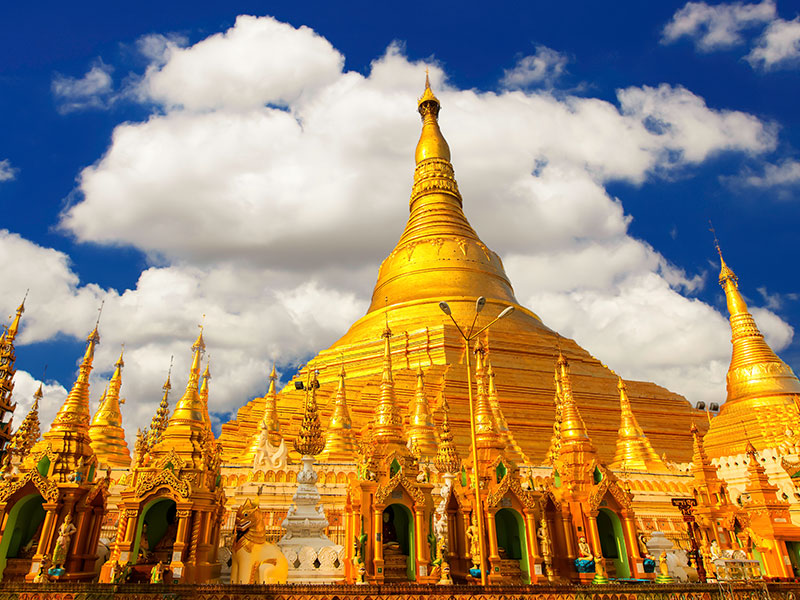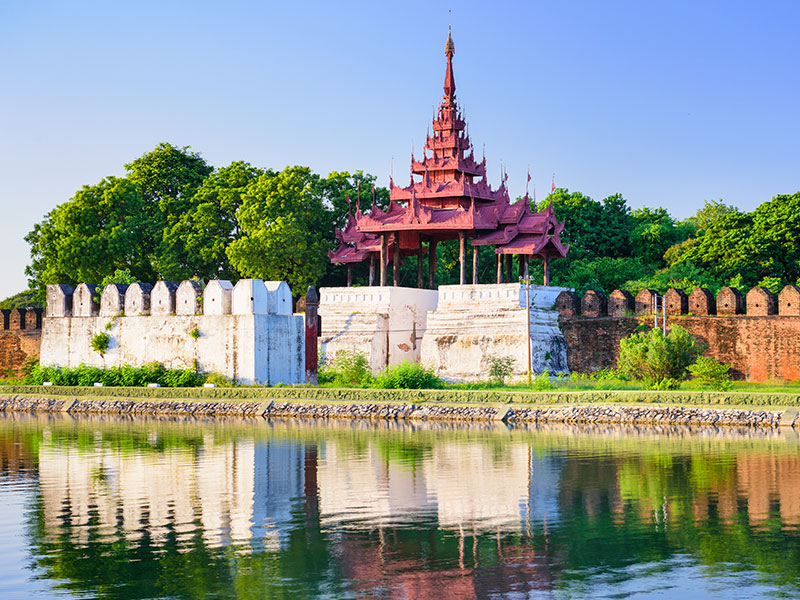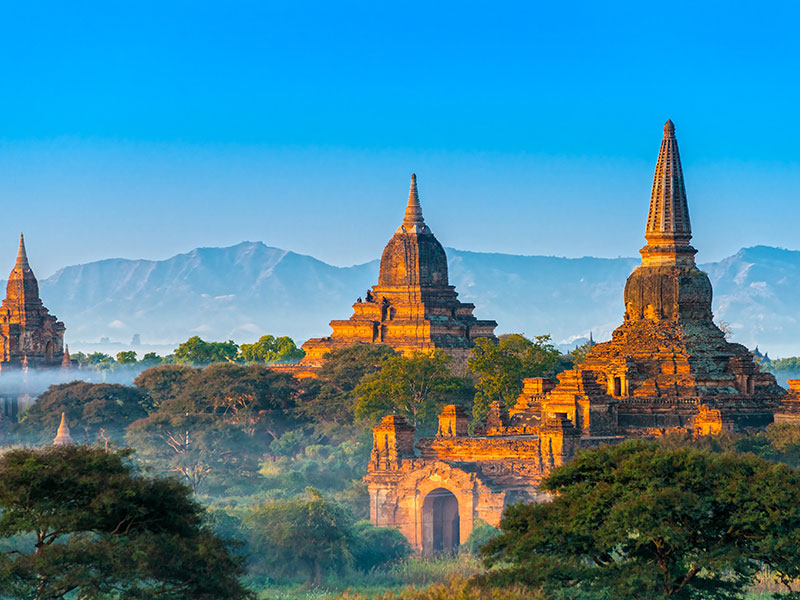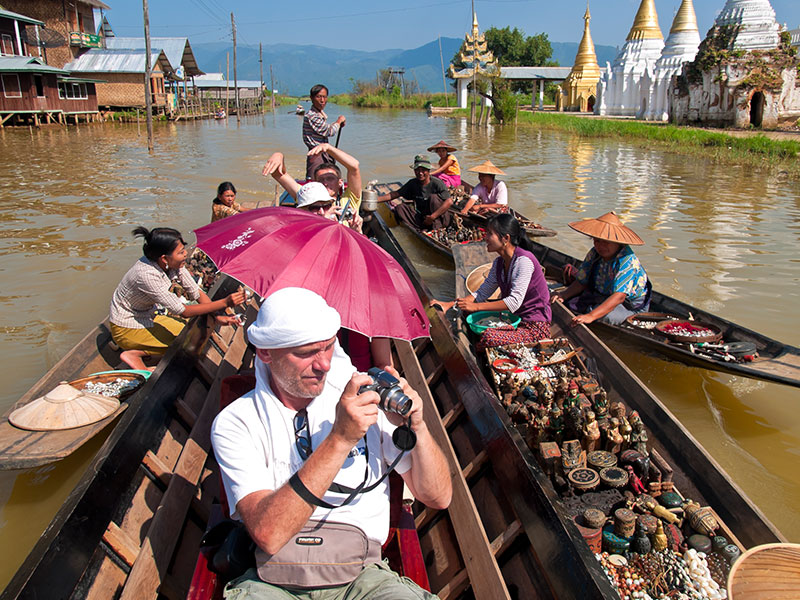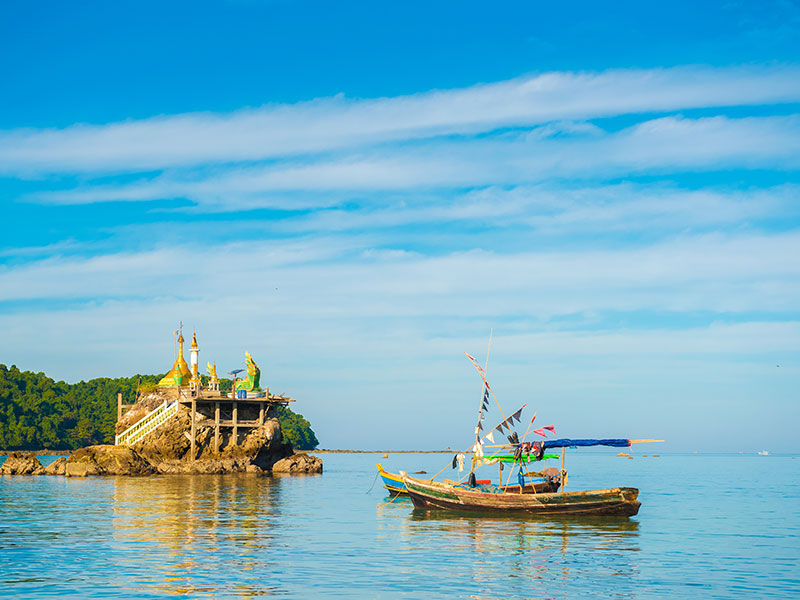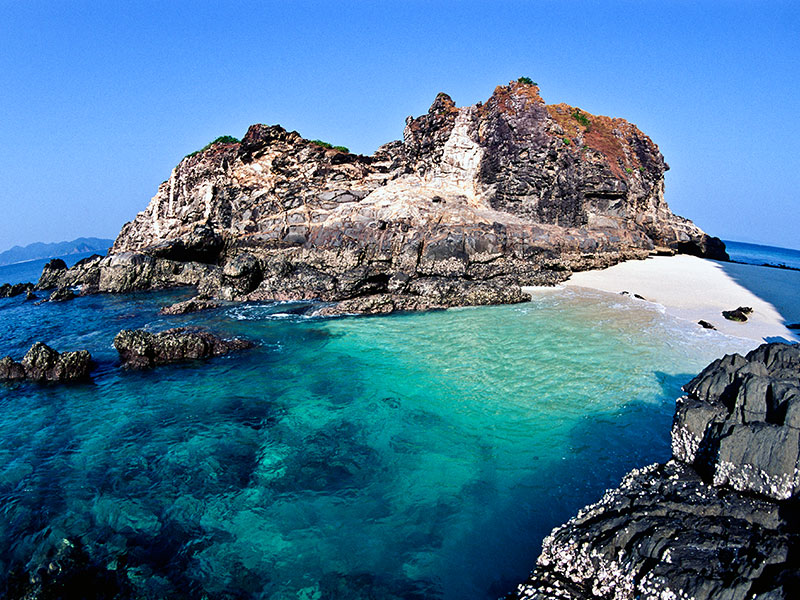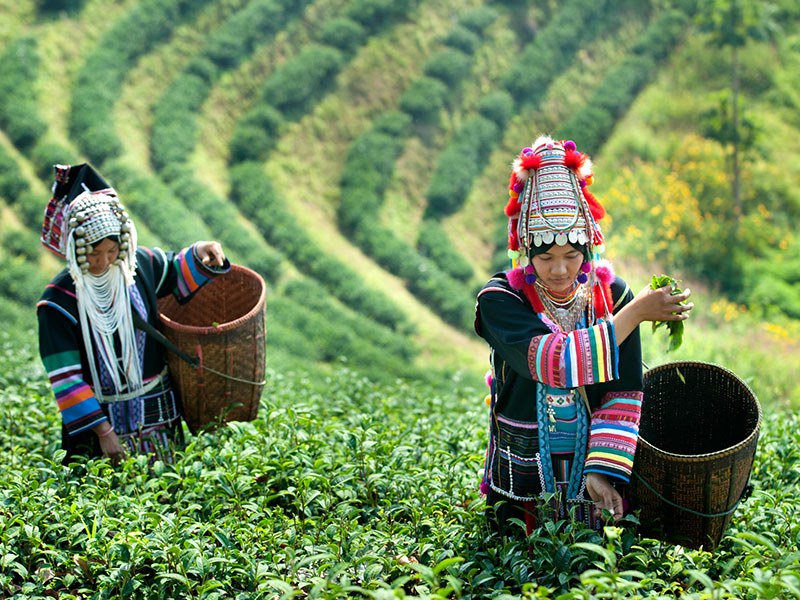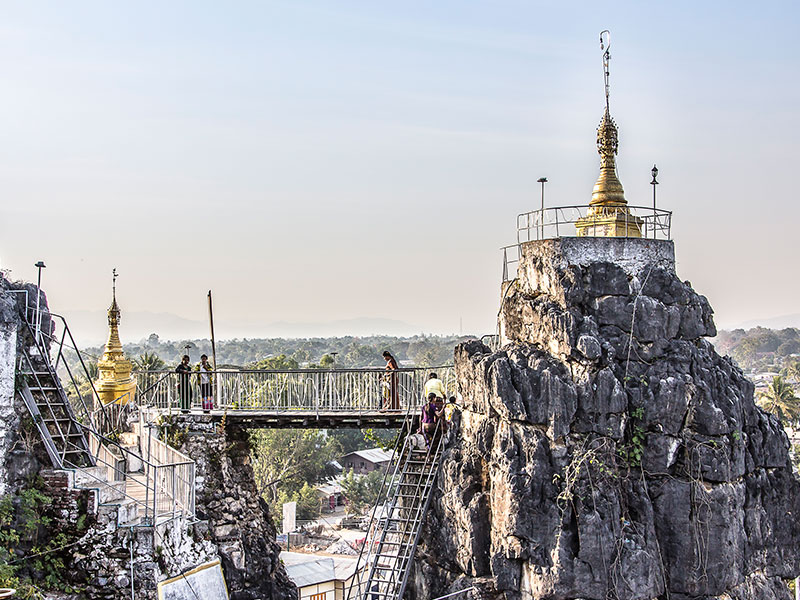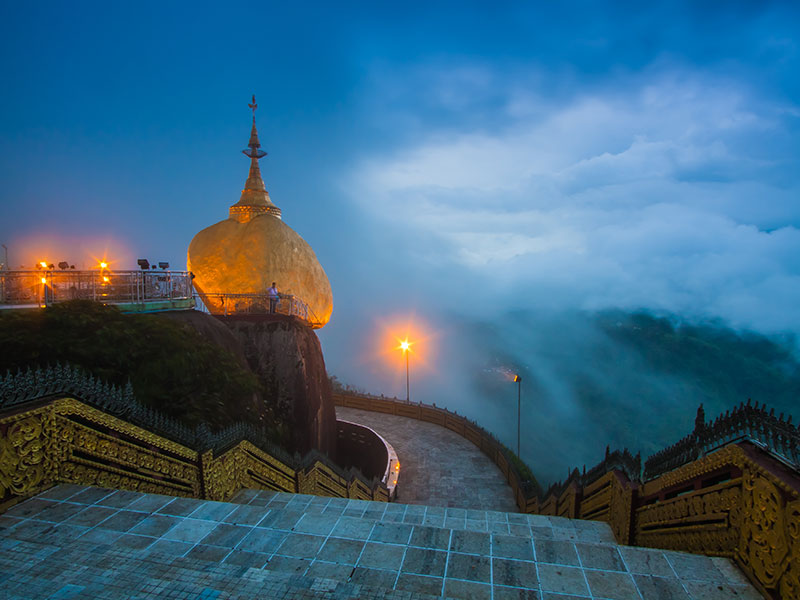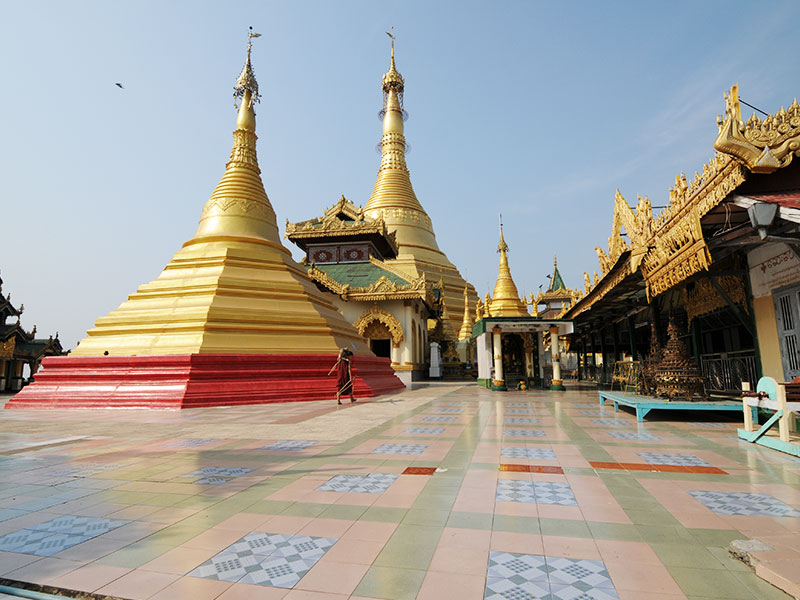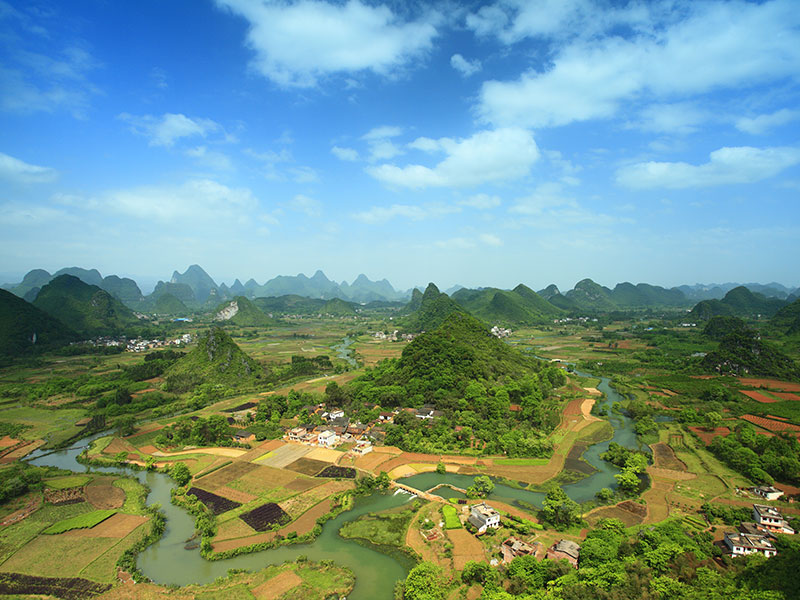Mandalay
Mandalay
The three most impressive are handicraft – makings are the gold-leaf making and the bronze casting in Myanmar way and Myanmar style. To know Mandalay is to know Myanmar. Mandalay is about 620 km north of Yangon and is reachable by land, waterway and flight. Mandalay is the gateway to upper Myanmar. You can go from Mandalay to Bagan by boat. Most-visited tourists spots and its environs are Mingun, Inwa (Ava), Amarapura, and U Bein bridge.”
Around Mandalay
Mingun
Mingun is a short boat-ride upriver obliquely from Mandalay. It is noted for the enormous, and unfinished pagoda and the un cracked brass ringing the bell, which is the largest one in the world as well as for the most reserved Rev.Mingun. Tourists never fail to visit there.
Amarapura
Amarapura means the city which dies. It further means an immortal city. It is some minute drive form Mandalay. Of particular is the combine eating of food by about more than one thousand monks at a large refectory at the same time. It is a very enjoyable feast for eyes.
Sagaing City
An ancient capital of royal Myanmar. In the rolling hills are countless hermitages for hermits and monasteries for monks, rest houses for nuns and laymen. It is and ideal place or peace of mind, away from the fast pace of city life. It is sublime to wander in these hills beneath a canopy of green and lush trees, amidst the murmur of religious recitations by monks. White-washed pagodas of different sizes dot the hills-hence Saganing ridge like the white feather of paddy bird.
Pyin Oo Lwin
Over 1000 meters above sea-level, Pyin Oo Lwin is a popular hill station about 69km away from Mandalay. It is well known for its colonial style houses with large compound and pine trees, eucalyptus and silver-oak abound in town. Delightfully cool and pleasant the whole year round. The main attractions are Botanical Garden, Pwe Kauk Water fall and Peik Chin Myaung Cave. The Botanical Garden was first founded in the year 1915-16 by one British botanist named Mr. Roger who began collecting local plants and trees and cultivating them on 30 acres of land at the present site. Pwe Kauk Fall is about 8km from town. It is also called Hampshire Falls in British times. It’s a very pleasant picnic spot.”
Inwa (Ava)
Inwa means the city at the entrance of a lake. It is an ancient capital of Inwa Period. It is just about 30 minute drives from Mandalay. Though no more royal palace, the pagodas still remain. Of particular interest is the 1.2km long U Bein Bridge of teak wood, adjoining Amerapura and Inwa, across the Taung Tha Man Lake. One of the most memorable visits is to Inwa, thrice royal capital of the Myanmar Kingdom. Inwa reigned from 1364 for almost 200 years until it was invaded by mountain tribes in 1527, it later became the capital again, only to be taken by the Mons in 1752.For a third time, it was re-established as the capital until, on the advice of soothsayers, it was moved to nearby Amarapura in1841. Today, there is little to show of this once-grand city. While crumbling ramparts continue to mark out the city’s former boundaries, almost all the buildings have long been gone, dissolved in the rice fields. Only an atmosphere of former glory remains.
U Bein Bridge
It is in Amarapura, three quarter mile long teak-wooden bridge built by U Bein the Mayor. The bridge connects Amarapura and Inwa across the Tungthaman Lake. Though it has been quite a long time ago, the teak-wood bridge still remains as it was, and that manifest the quality of Myanma teak-wood.
Monywa
The second largest city in Sagaing Division after Sagaing. It is near the confluence of the Ayeyarwaddy River and the Chindwin Tributary. It has very good communications with other places by land and river. It is a city very prosperous in trade. The Thanbode (a half million of Buddha images), Bode Tahtaung (a thousand Bo trees), a 300 foot long reclining Buddha image, Shwe Ba Hill and Po Win Taung Hill with over 400,000 numbers of 14th to 16th century ancient Buddha images and mural painting are major places for the visitors.”
Alaungdaw Kathpha Park
It is a National Park, about 100 miles from Mandalay. It is named after the Alaungdaw Kathpha Pagoda that draws 20,000 pilgrims a year. It covers 6984.4 square miles. It is a game sanctuary with an abundance of wildlife-elephants, tigers, leopards, gaurs, sambhurs, serows and birds of various species.
OTHER DESTINATIONS

Quick Links
- About Us
- Social Responsibility
- MICE Tour
- Popular Tour
- Our Local Events
- Discover Myanmar
Let's get contact
To get in touch with us about any enquiry, suggestions or information, fill out this form or email [email protected]
Newsletter
- Careers
- Terms and conditions
- Privacy Policy
We accept payment by:


